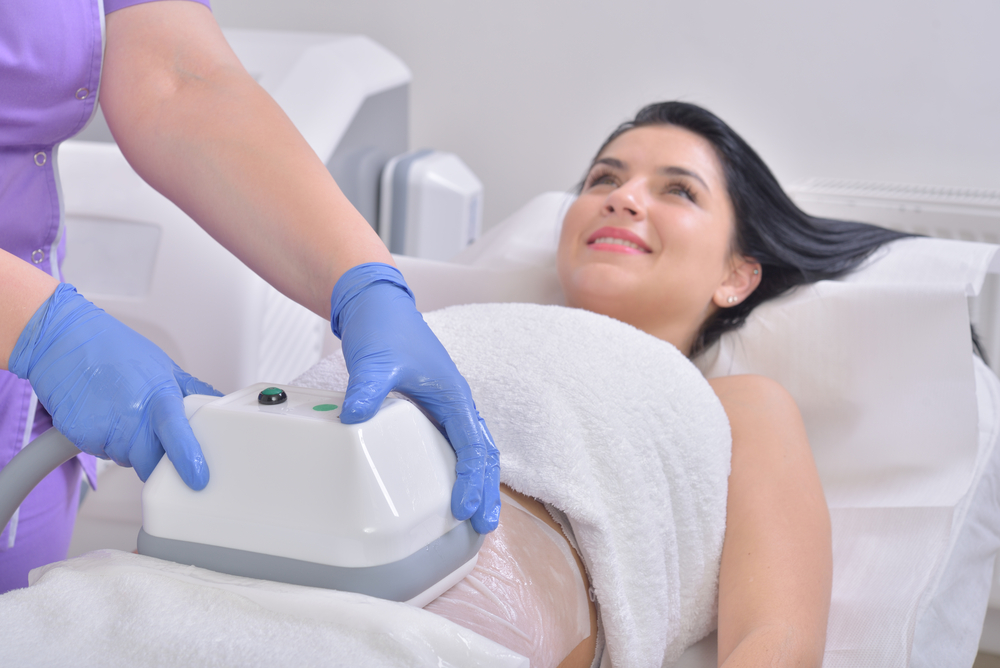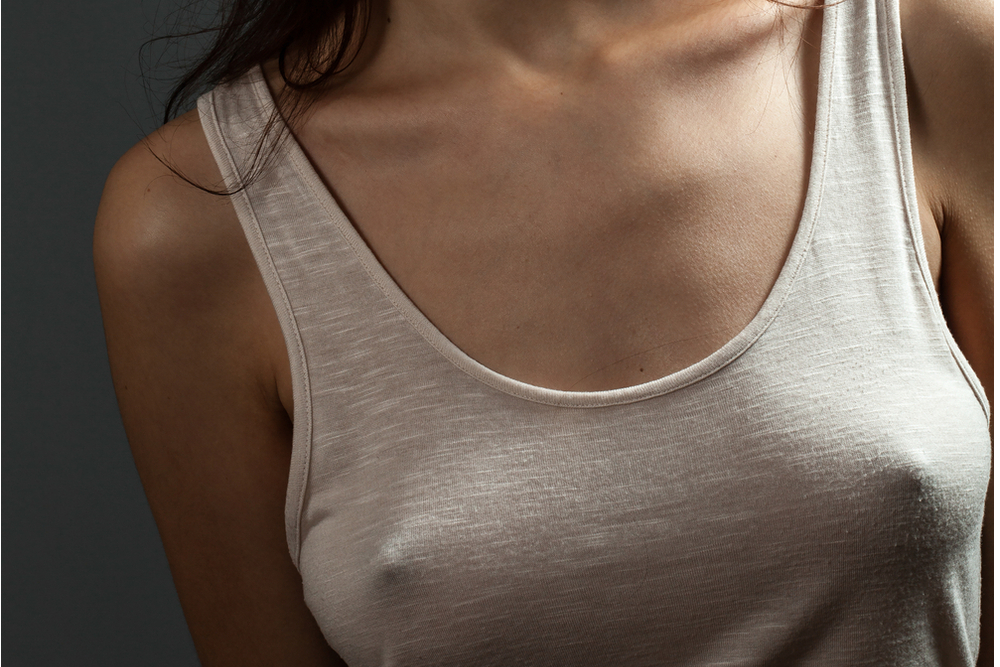- Leeches are the only animal approved as a medical device by the FDA.
- These critters have tools that make it easier for them to suck your blood.
- Leech therapy has documented benefits for your heart.
- A new celebrity trend uses leeches for better skin.
Imagine sitting back in a tub or laying on a table with leeches attached to your body. Now imagine that you did this to yourself on purpose.
Roose Bolton, the villainous lord from HBO’s Game of Thrones, does exactly this on a semi-regular basis. He speaks of leeches being the key to a long life. We may not know about that so much, but we do know there is legitimate scientific support for the use of leeches in treating certain medical conditions, aiding with the healing process, and even making skin shine.
Leeches 101
You’re probably already familiar with these slimy little bloodsuckers. They’ve been prominently featured in many B-grade horror and science fiction films. However, you may not be as familiar with how exactly these little guys work.
Leeches belong to the phylum Annelida. In other words, they are considered “segmented worms,” a distinction shared by your friendly neighborhood earthworm. However, what really sets the typical leech apart, and gives it its dubious reputation, are its teeth.
Although there are over 700 species of leech, only a handful are used in medicine. Medical leeches, like the European medicinal leech (hirudo medicinalis) and the North American medicinal leech (macrobdella decora) have three jaws, each containing dozens of tiny teeth.
The jaws are used to open a wound on the patient, through which the leech extracts a small amount of blood. When this happens, the leech’s saliva releases anticoagulants into the patient’s blood. In other words, it stops the blood from clotting, making it easier for the leech to do its job. Afterward, the patient is left with Y-shaped wounds where the leeches broke the skin.
Of course, anticoagulants are not all that a leech releases. Their saliva also contains peptides and proteins that dilate blood vessels (vasodilators) and prevent scabs from forming (platelet inhibitors). All told, leeches release dozens of different proteins into the bloodstream, all of which are intended to make blood flow more easily to the leech.
So how exactly is this a good thing?
A Time-Honored Tradition
Leeches have been used throughout history and across cultures for a wide range of reasons. They were employed throughout ancient Egypt, India, South America and Greece to treat certain infections and skin diseases – even headaches.
In ancient Greece, as well as Medieval Europe and the Middle East, they were used to balance the humours. These four humours – phlegm, blood, yellow bile, and black bile – were considered a central aspect of human anatomy and medicine for many centuries.
In fact, bloodletting, the practice of intentionally bleeding a person, for which leeches were a popular tool, is widely considered the most common medical practice conducted by doctors from ancient times through to the 19th century.
But despite its long history, it took a while for leech treatments to gain legitimacy in the United States. The Food and Drug Administration (FDA) only approved the use of leeches as a medical device in 2004. In doing so, they allowed a French firm known as Ricarimpex SAS to begin marketing the critters in the US.
Modern Applications
For the most part, leech therapy, aka hirudotherapy, hasn’t changed much over the years. The patient still wears the leeches on their skin and allows them to extract blood for a set period of time. However, these days leeches are used to treat a variety of new conditions.
The core component of leech therapy is that it gets your blood flowing. The combination of anticoagulants, vasodilators, and drawing of blood on the part of the leech conspire to dramatically improve blood circulation. But what does this do for your body?
- Prevents and treats blood clots. No, we’re not talking about the clots that form and keep a wound from bleeding out. Obviously, some degree of blood clotting is good. We’re talking about clots like the much-dreaded Deep Vein Thrombosis (DVT), which can result in tissue death and loss of limb.
- Prevents tissue death. Let’s say your doctor reattaches a portion of your hand after a traumatic accident. Leeches can help draw circulation to the affected area, promoting the healing process and saving the severed tissue from necrosis.
- Prevents gangrene caused by diabetes. Diabetes can lead to necrosis (tissue death) in the extremities. Leech therapy can help promote blood flow to these areas and prevent this severe side effect.
- Treats cardiovascular issues connected to diabetes. Diabetics have thicker blood due to their glucose (blood sugar) levels. As such, their hearts can experience unusual strain. Leech therapy thins the blood and relieves this strain.
- Treats varicose veins and related ulcers. There is some evidence to suggest that leeches, when applied to areas with varicose veins, may help to manage those veins and heal varicose ulcers, a complication of varicose veins.
- Prevents and treats heart disease. Poor circulation can lead to cardiovascular disease, which in turn can make circulation worse by thickening the walls of the arteries and discouraging people from exercise. Leech therapy can help get the blood flowing again.
- Promotes cosmetic benefits of good circulation. We know, nice and vague, right? Well, it’s no mystery that good circulation can lead to healthy skin. We’ll cover this topic in more detail in the next section.
The bad news? To experience these benefits via leech therapy, you need to let a handful of worms suck on your skin. The good news? Leeches are also being used in a variety of drugs that can give you leech benefits without, you know, those nasty leeches.
Before you start decrying this practice, don’t worry, no leeches are harmed in the making of these medicines. These drugs instead use chemicals found in leech saliva to treat a wide range of conditions.
- Hypertension (high blood pressure)
- Heart disease
- Osteoarthritis
- Varicose veins
- Hemorrhoids
- Blood clots
- Other problems with the skin or circulation
Anticoagulants derived from leech proteins can be used in a wide variety of ways. In 2007, Daryl Vinson of Los Angeles found himself in need of a heart transplant but allergic to the anticoagulants available to him at Cedars-Sinai Medical Center. So his doctors used a synthetic form of hirudin, the anticoagulant protein found in leech saliva, to create a new one. Vinson received his transplant and went on to marry his fiancée and live his life to the fullest.
Leeches for Your Skin
While it’s clear that leeches have some life saving potential, you don’t have to need a heart transplant to benefit from our squirmy friends. The noted benefits of improved circulation have inspired some to use leech therapy for better skin.
We’ve already established that leech therapy does wonders for circulation. Now let’s look at what that improved circulation does for your skin.
- Bright complexion. When more blood flows to your face, more nutrients flow there as well, giving you bright and healthy-looking skin.
- Even complexion. Along with nutrients, blood brings oxygen to the skin. Skin that is well oxygenated has fewer dark spots and a more even tone.
- Reduced inflammation. Poor circulation can lead to inflammation and swelling, which make you puffy and blotchy.
- Fewer wrinkles. Inflammation caused by poor circulation will eventually lead to loose, sagging skin and wrinkles.
However, leeches do more for your skin than just get the blood flowing to it. Leech saliva contains lipids (fats) which include fatty acids and phosphatidic acids. These fats are common ingredients in skincare products and help moisturize the skin. Well-moisturized skin is smoother and more glowing. It’s also less inclined toward wrinkles.
If some leech therapy and fatty creams aren’t enough for you, you might consider the leech facelift. This bizarre treatment, rising in popularity among celebrities like Demi Moore, is a bit of a misnomer. Given what’s involved, it may more aptly be called a leech facial.
If you spring for this new cosmetic trend, you’ll have leeches attached safely to parts of your body. The leeches do their thing until enough blood has been extracted. The blood collected by the leeches is then mixed with leech enzymes into a facial mask, which is, you guessed it, spread all over your face.
Supposedly the practice brightens your skin, but the benefits could just as easily be a result of improved circulation from the initial bloodletting.
Leeches and Plastic Surgery
Maybe you’re looking for a more extreme cosmetic or reconstructive procedure. You could be looking at something as simple as a facelift or as intense as a large skin graft. In either case, leeches can help you achieve the best possible results.
Medicinal leech therapy has been used to promote positive outcomes in reconstructive surgery patients who receive skin grafts. By using leeches to promote blood flow to the skin grafts, doctors are able to reduce the risk of a failed skin flap.
Flaps fail when a lack of blood flow causes the new skin to become necrotic. This is often the case when veins become clogged, a condition known as venous congestion. Leeches prevent this in the same way that they prevent other types of necrosis (see above).
Skin flaps used after mastectomies, also called “TRAM flaps” or “DIEP flaps”, sometimes have the opposite problem. Blood is unable to escape the area and the flaps become engorged with blood. Leeches help relieve the pressure by drawing out blood while simultaneously promoting circulation to improve overall blood flow into and out of the area.
Of course, the leech’s role in post-surgery treatment goes beyond skin grafts and flaps. Leeches can also be used to prevent post-surgical blood clots. However, in most cases, getting up and walking around a little would serve just as well. Leeches would likely only be suitable for those at a high risk of getting a blood clot.
Side Effects and Other Considerations
Leech therapy is not without its downsides, the foremost of which is the risk of bacterial infection that comes with having a living creature make contact with your blood. Doctors have developed strategies to protect against infection, while the increasing use of leeches in medical environments promises to help keep the practice more sterile. All the more reason not to try this at home. Regardless, antibiotics are often prescribed while undergoing leech therapy, with Ciprofloxacin and Bactrim shown to be most effective.
It’s also possible that a wound won’t close after a leech is removed. It does take time for leech bites to heal due to the anticoagulants and platelet inhibitors in their saliva. In fact, you could find yourself waiting for several hours before the bleeding completely stops. If it continues past that point or you start feeling faint, you should speak with your doctor.
Not everyone is a good match for leech therapy. For obvious reasons, people with conditions that prevent blood from clotting, like hemophilia, should avoid the practice entirely. Leech-based anticoagulants in their blood could be life threatening.
Additionally, people who suffer from anemia, are pregnant, or under 18-years-old, are discouraged from getting leech therapy. While improved circulation is usually a good thing, there is a degree of blood loss involved that your body needs to be able to handle.
Also, due to the risk of bacterial infection, immunocompromised individuals, who are at a higher risk of contracting infections, should avoid this practice entirely.
Finally, you could be surprised to discover you have an allergy to leech saliva. There’s no fix for this. If this happens you will not be a good candidate for further hirudotherapy.
Taking the Plunge
Should you decide that leech therapy is right up your alley, don’t worry, the process may sound and look scary, but the leech bite doesn’t hurt. The ever-thoughtful and considerate leech releases an anesthetic with the bite that works instantaneously. Now you just need to get used to the site of a little blood.










